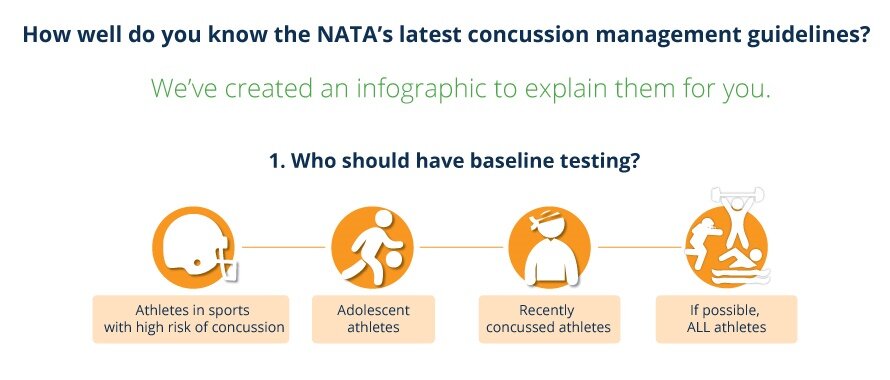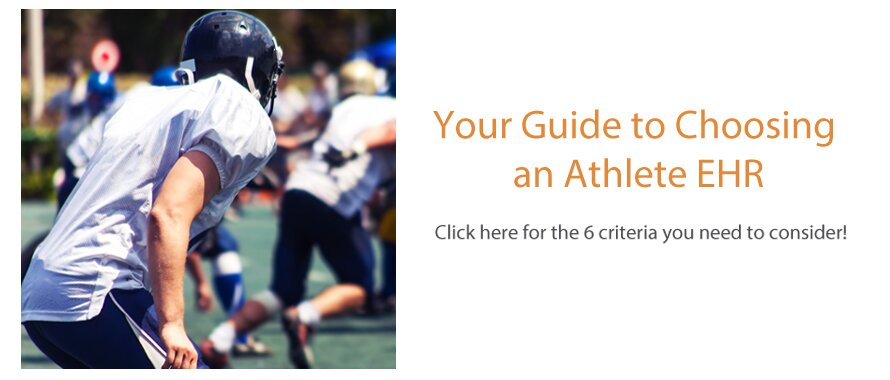Presagia Sports is a secure web-based and mobile-accessible multi-sport Athlete Electronic Health Record (EHR) and concussion assessment system that centralizes athlete health data including injuries and illnesses, treatments, surgeries, and medications. It also provides real-time reporting and communication tools to connect the medical team in support of collaborative healthcare. Sports organizations from Academic and Professional to Sports Medicine Clinics and Sporting Federations leverage Presagia Sports to increase the quality of care provided to their athletes.
Our News
Going the Extra Mile: Presagia Sports’ Service Desk is Live! – December 7, 2016
Presagia Sports Partners with CogniSens to Provide Enhanced Athlete Health and Concussion Management Technologies – March 12, 2015
Trinity Health Takes Athlete Health to the Next Level with Presagia Sports – January 21, 2015
Infographic: Your Guide to the NATA 2014 Concussion Management Guidelines – October 22, 2014




